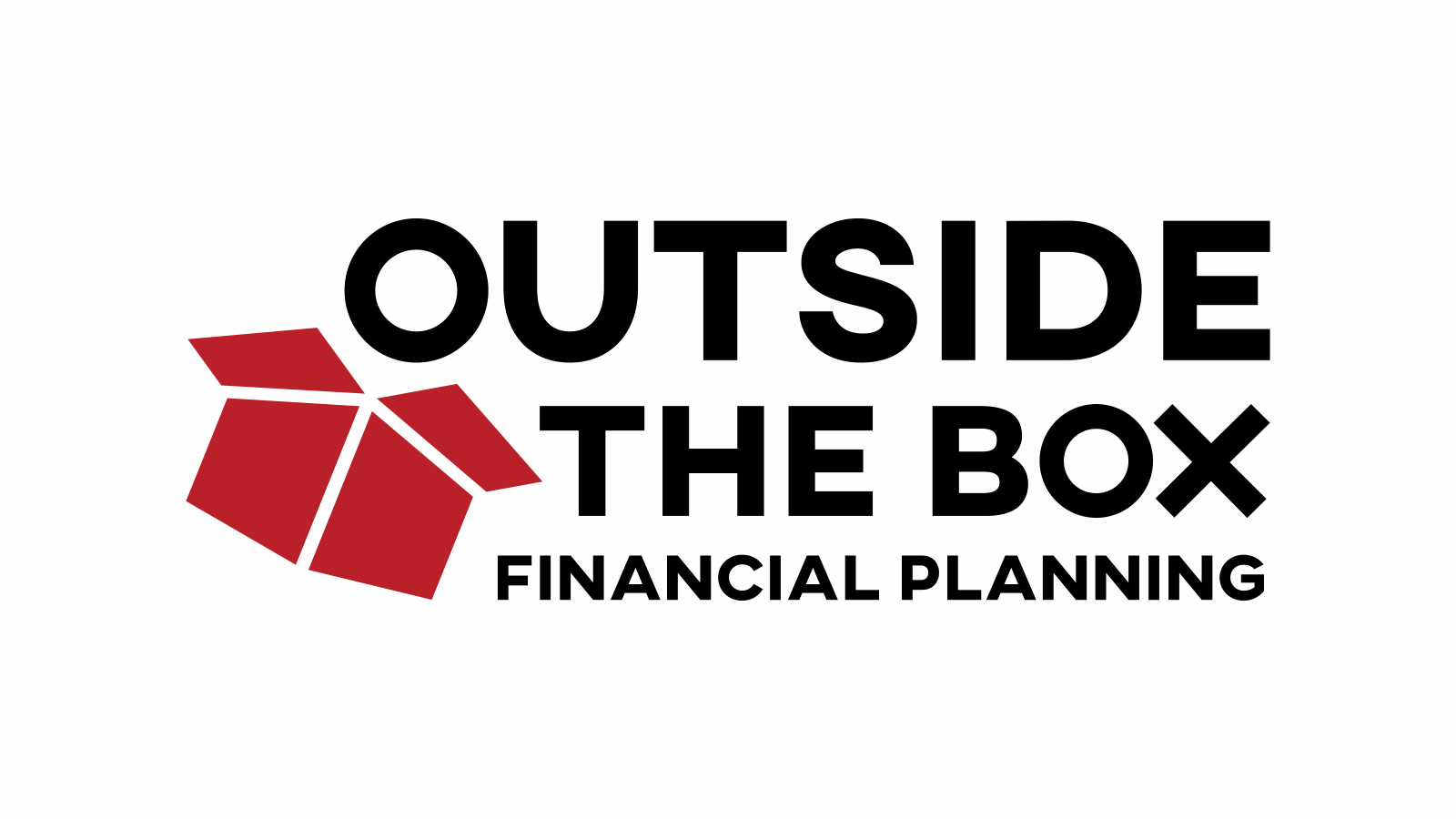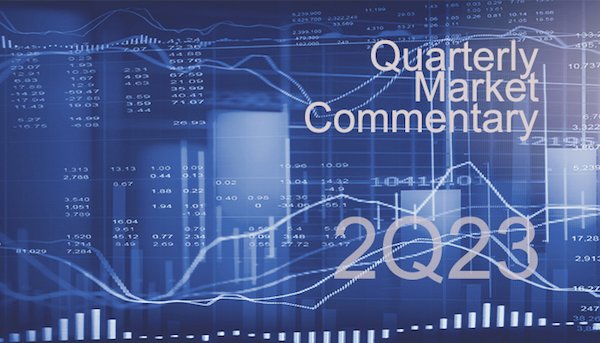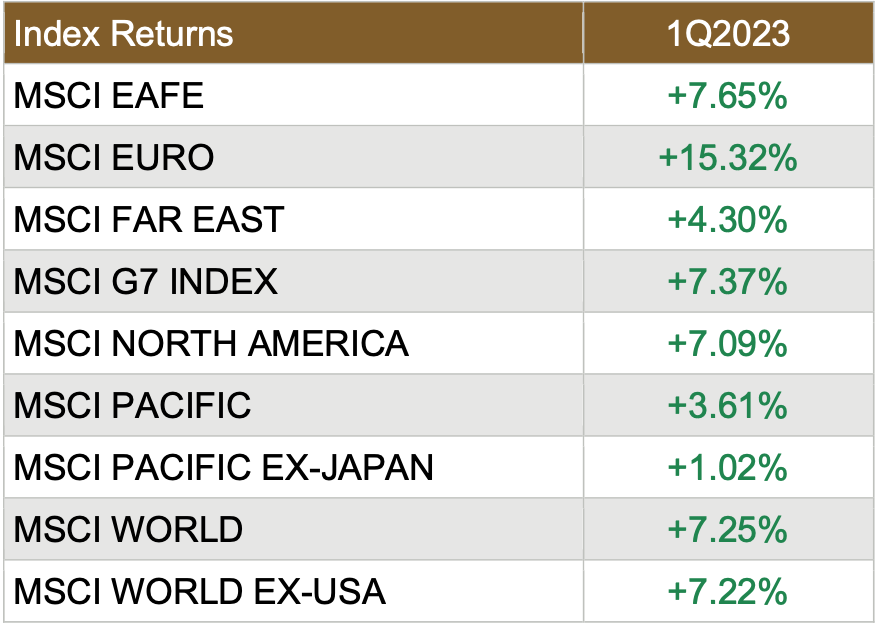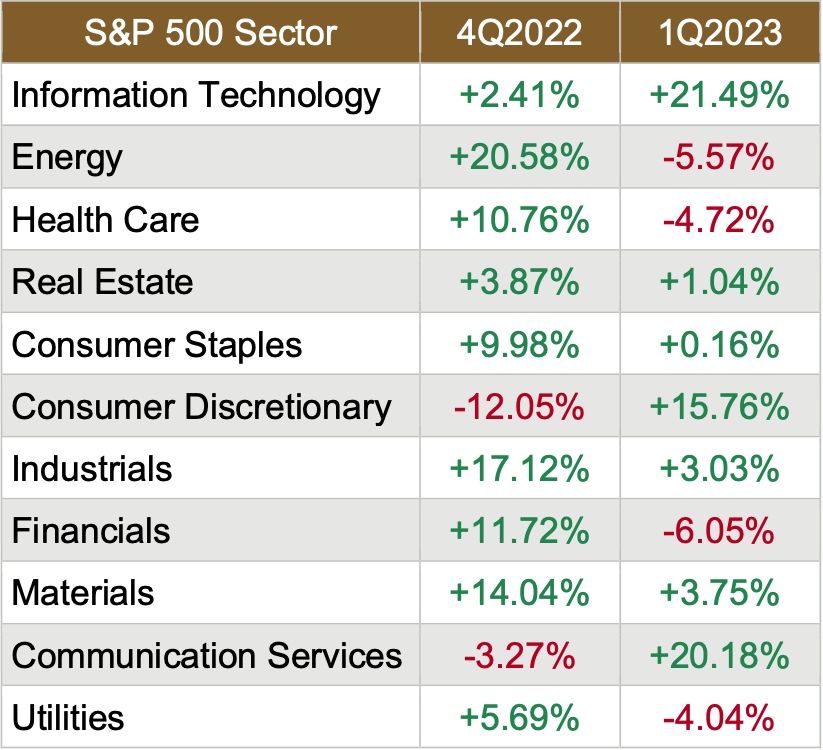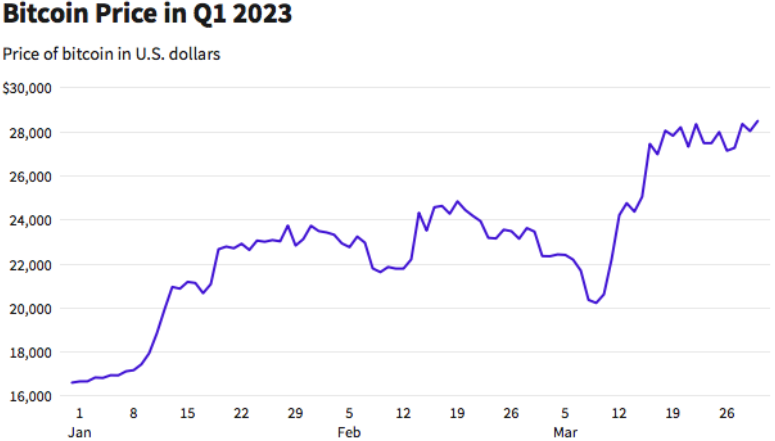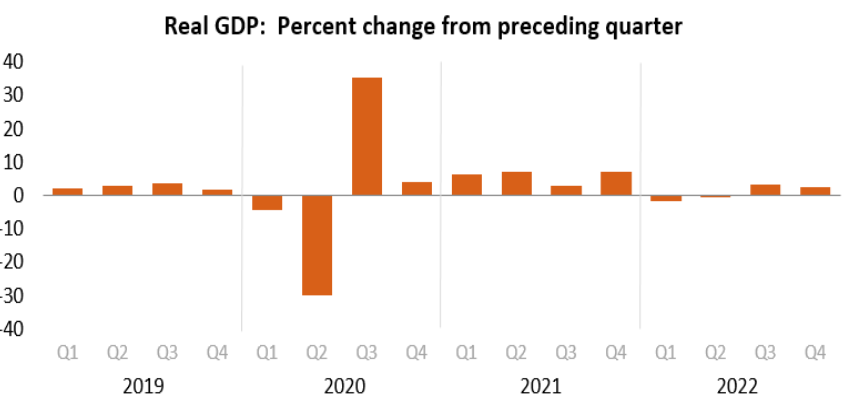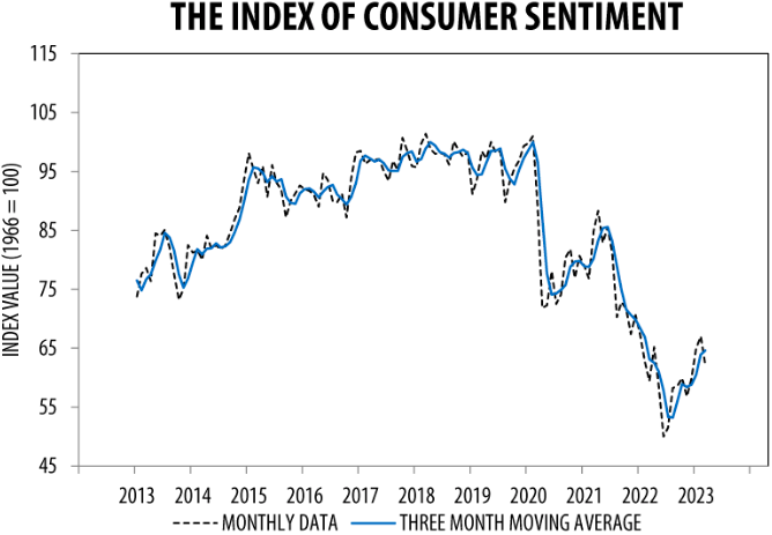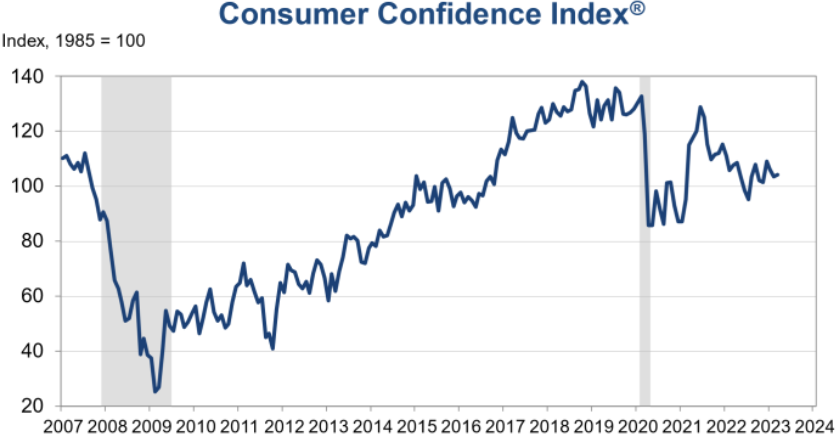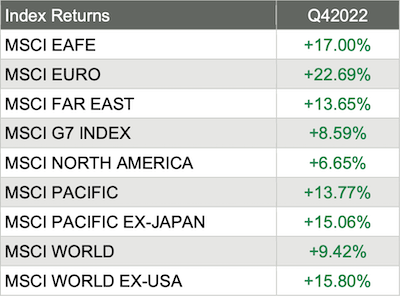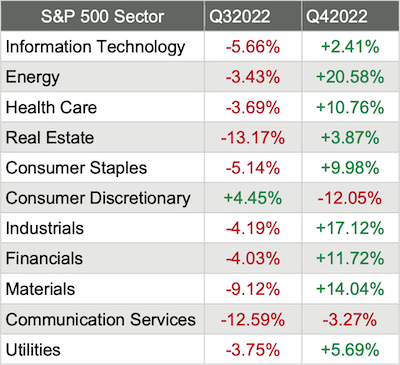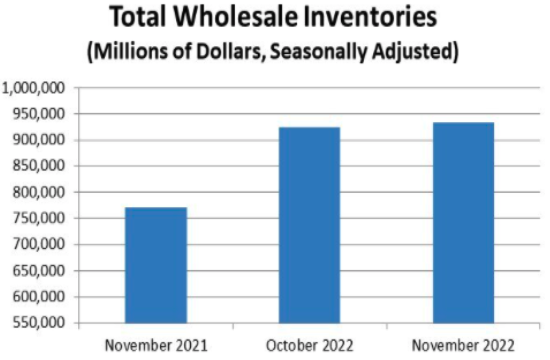In today's fast-paced world, where financial stability and security are paramount, your job isn't just a source of income; it's a treasure chest filled with valuable benefits waiting to be discovered.
Of course the main thing we all look for in a job is a good salary, but a salary with minimal benefits is not worth too much when you consider the additional costs you’ll have for things like health insurance, life insurance, retirement, etc. Those costs will really start to add up, and your salary doesn’t stretch as far as you’d hope. That’s why it’s imperative to choose an employer that can offer benefits that help to save you money in the long run.
As you navigate the intricacies of your career, it's essential to understand and harness the top five benefits commonly offered by your employer: health insurance, 401k plans, life insurance, flexible spending accounts (FSA) and health savings accounts (HSA), and miscellaneous perks like commute reimbursement and education funding.
These benefits can be your secret weapons for a more secure and prosperous future. Join us on a journey to uncover the hidden gems in your employment package and discover why collaborating with a certified financial planner is the key to unlocking their full potential.
1. Comparing and Contrasting Health Benefits
When it comes to health insurance, vision, and dental insurance, the choices you make can significantly impact your financial well-being. Comparing and contrasting health insurance plans offered by your employer and your spouse's employer is a smart first step.
Take a closer look at the coverage, premiums and deductibles, and out-of-pocket expenses. When deciding which plan to choose, consider factors like the size of the network, the quality of care provided, whether an HMO or PPO plan is offered, and any additional perks or wellness programs. Not to mention, you always want to consider how much of the premiums are covered by the employer. In some cases, it might be more advantageous to choose one employer's plan over the other, or you may find that combining coverage from both plans offers the best solution for your family's needs.
Alternatively, if you are single and don’t have any dependents and your employer offers several health insurance plans to choose from, it's a good idea to weigh all the options before making your selection final. Remember, your health insurance isn't just about medical expenses; it's a vital financial tool that can safeguard your savings in times of need.
2. 401k: What it is and Why You Should Have One
Your 401k plan is the cornerstone of your retirement strategy, and understanding how it works can make a world of difference. Aside from working with a Certified Financial Planner, like Outside The Box Financial Planning where we offer Comprehensive Retirement Planning, it is crucial to understand and take advantage of the retirement benefits that are offered by your employer.
One of the most significant advantages offered by employers is company matching. When your employer matches your contributions, it's like getting free money for your retirement. It's essential to contribute enough to maximize this benefit.
Additionally, you'll need to decide between a Roth 401k and a traditional 401k. The key difference lies in when you pay taxes: Roth contributions are made with after-tax dollars, while traditional contributions are made with pre-tax dollars. Your financial planner can help you weigh the tax implications and make an informed decision that aligns with your long-term goals. Building your nest egg has never been more accessible.
3. Life Insurance: A Safety Net That Saves You Money
Life insurance is often overlooked as an employee benefit, but it can provide significant value. Many employers offer group life insurance policies, which can be more cost-effective than purchasing a policy on your own.
While the coverage amount may be modest, it can be a crucial safety net for your loved ones, offering 2x your yearly salary, or even more. Even if you already have a personal life insurance policy, the employer-sponsored one can serve as an additional layer of protection.
The premiums for group policies are typically lower, and some plans allow you to take the coverage with you if you leave the company. It's a financial win-win that shouldn't be missed.
4. FSA vs. HSA: The Power of Tax-Advantaged Savings
Flexible spending accounts (FSA) and health savings accounts (HSA) are powerful tools for managing healthcare expenses and saving on taxes. FSAs allow you to set aside pre-tax dollars to cover eligible medical expenses, reducing your taxable income. However, the funds are usually "use it or lose it" at the end of the year.
In contrast, HSAs offer a triple tax advantage—contributions are pre-tax, earnings grow tax-free, and withdrawals for qualified medical expenses are tax-free. HSAs also roll over from year to year, making them an attractive long-term savings option. Your financial planner can help you assess your healthcare needs and determine which account aligns best with your financial goals. To better understand how to take advantage of your HSA benefits, check out this blog post!
5. The Miscellaneous Employee Benefits
Beyond the core benefits, many employers offer miscellaneous perks that can have a significant impact on your financial well-being. Reimbursing any expenses incurred for your commute to work, for instance, can help you save on transportation costs, reduce your taxable income, and contribute to a more sustainable lifestyle if you opt for public transportation, like taking the train to work.
Another benefit that some employers offer that can be a huge perk - funding further education, whether through tuition assistance or professional development programs. This can open doors to career advancement and increased earning potential.
These benefits are more than just workplace conveniences—they are financial opportunities that can boost your overall quality of life. These are benefits that you should absolutely take advantage of, whether or not you are planning on going back to school for another degree, or simply if you want to learn more about the field that you’re in - one is never done learning!
The Power of Partnership: Your Certified Financial Planner
In conclusion, your employee benefits package is a goldmine of opportunities waiting to be explored. Maximizing these benefits requires a comprehensive understanding of your options and a strategic approach to align them with your financial goals.
This is where a certified financial planner becomes your greatest ally. With their expertise, you can make informed decisions about health insurance, optimize your 401k contributions, leverage life insurance policies, navigate the complexities of FSAs and HSAs, and harness the full potential of miscellaneous benefits.
Together, you can unlock the hidden value of your employment package and build a more secure and prosperous future. Don't leave your financial success to chance—partner with a certified financial planner today and embark on a journey to financial wellness and peace of mind. Your future self will thank you for it.
Partnering with Outside The Box Financial Planning offers numerous benefits for individuals seeking college planning, retirement planning, small business support, wealth management, and beyond. As a fee-only fiduciary with a comprehensive approach, unbiased advice, and transparent fee structure, OTBFP acts as a trusted advisor who prioritizes your best interests. Click here to schedule a complimentary “Fit” meeting to determine if we would make a good mutual fit.
Remember, financial decisions have long-lasting implications, and working with a professional can provide the expertise and guidance necessary to make informed choices that align with your financial aspirations. However, if you would like to take a shot at building a financial plan on your own, we offer our financial planning software, RightCapital, free of charge. Click here to get started.
